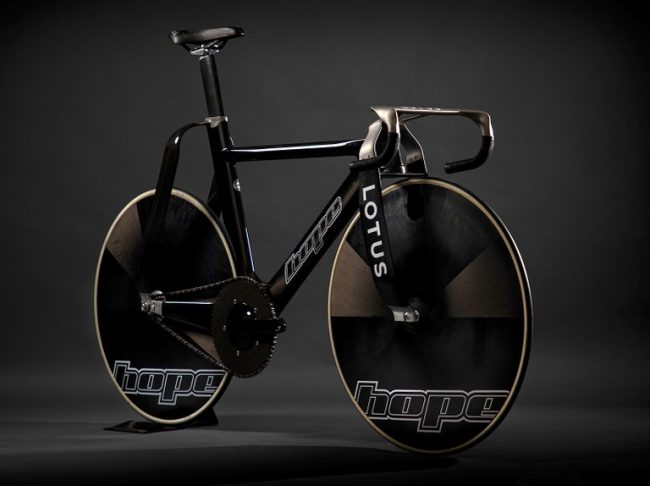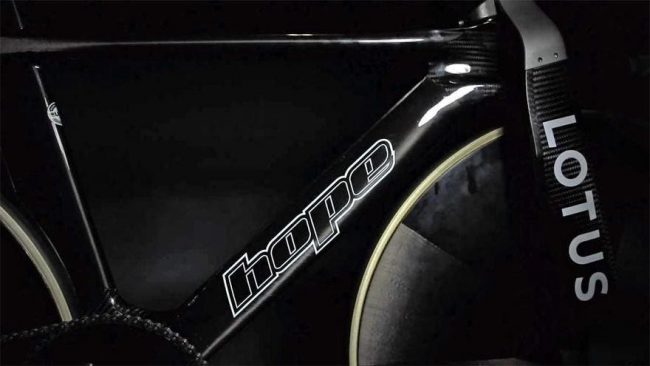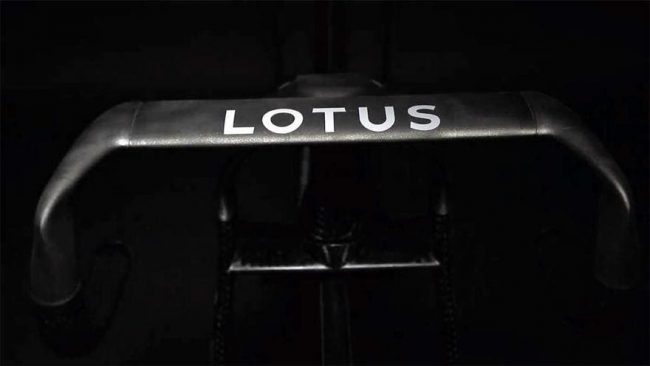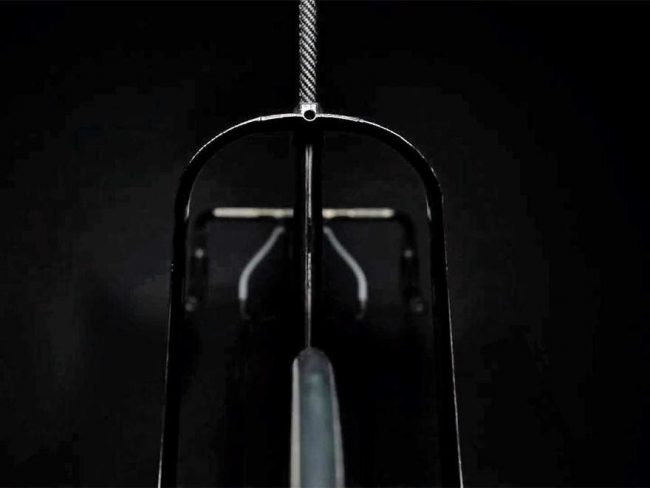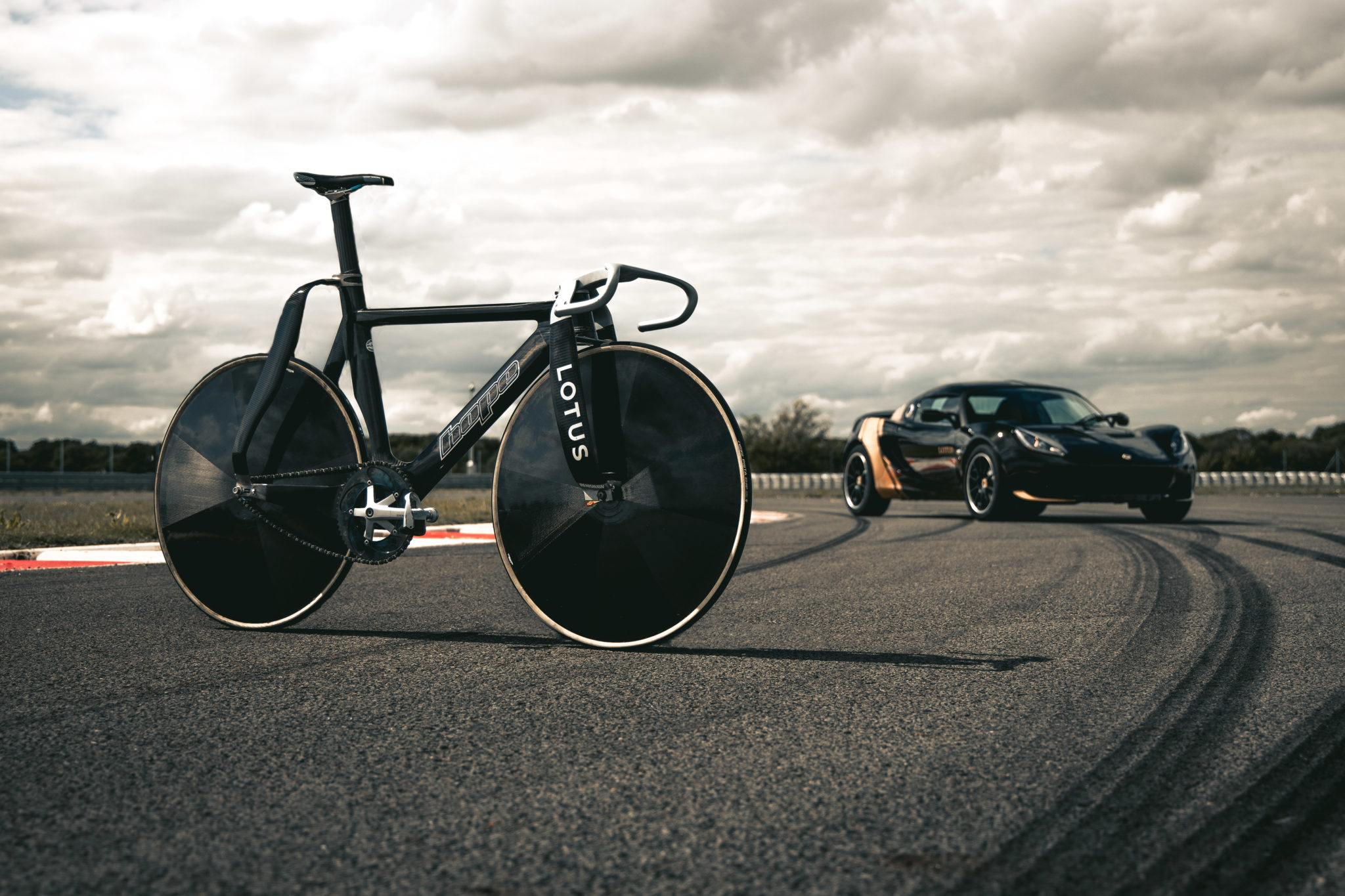
The New Lotus Olympic Track Bike
Hope Bicycle Technology (HB.T) all-new, high-speed pursuit weapon that, it hopes, will give UK cyclists a competitive edge at Summer Olympics in Tokyo. To make sure they’ve put their best foot forward, they’ve partnered with one of the most storied names in racing and engineering alike: Lotus.
Many car companies have been successful on the track, but Lotus has a unique claim to fame. We are the only one to have won in Formula 1, Indy 500, Le Mans 24 Hour, Bathurst 12 Hour, the World Rally Championship, GT and saloon car racing… and have helped our nation to an Olympic gold medal.
The last of those honours came in 1992, when British cycling legend Chris Boardman rode the iconic Lotus Type 108 track bike to glory in the Barcelona Games. Last year Lotus Engineering, the consultancy division of the business, revealed it was working on a new generation of track bike. It was to have been ridden by British Cycling athletes at the postponed Tokyo Olympics, and would have made its debut in the Izu Velodrome to the south west of Tokyo. The quest for more Olympic gold for Lotus would have been underway.
Richard Hill is the chief aerodynamicist for Lotus. He has been with the company for more than 30 years and worked with Chris Boardman on the Type 108. He also developed the Type 110, which Boardman rode to victory in 1994’s Tour de France prologue time trial to claim the famous yellow jersey. In tandem with his ‘regular job’ – which is helping to engineer future Lotus cars – Richard was heavily involved in optimising the aerodynamic performance of the new Lotus Olympic track bike.
Here he explains the reasons for its unique front-end design, the differences when working with two wheels rather than four, and what’s he’s learned from the bike that will shape Lotus cars of the future.
How far has aerodynamics moved on in the years since you worked on the Lotus Type 108 in 1992?
The basic rules of aerodynamics haven’t changed – you can’t alter the laws of physics – but what we have learned over the last 28 years is to take a more holistic approach to every project.
What do you mean by ‘a more holistic approach’?
Back then it was simply about developing an aerodynamic bike that would go fast. But really there are two separate elements – the bike and the rider – which come together as one to move through the air. That was the approach we took with the new bike. Put simply, since 1992 we have learned how to use the bike’s design to make the rider more aerodynamic, and also vice-versa. What’s improved is our understanding of how to get a bike and its rider round the track together in the fastest possible time.
Were any specific lessons learned from the Type 108 and Type 110 incorporated into the creation of the new track bike?
They were both extremely low-drag bike frames in their own right, with every element designed as an efficient aerofoil and the monocoque frame itself acting as a ‘wing sail’. The frames were designed to operate best in complete isolation from the rider. Chris Boardman’s famous ‘Superman’ riding position was about creating an airflow channel between the rider and the bike frame, minimising interactions. These frames are no longer allowed under track cycling regulations, so the new bike – which meets the updated regulations – is all about getting the rider and the bike to positively interact with each other. In this way they can benefit each other and cause each to lower the drag of the other. We achieve that by careful manipulation of the interference between the two.
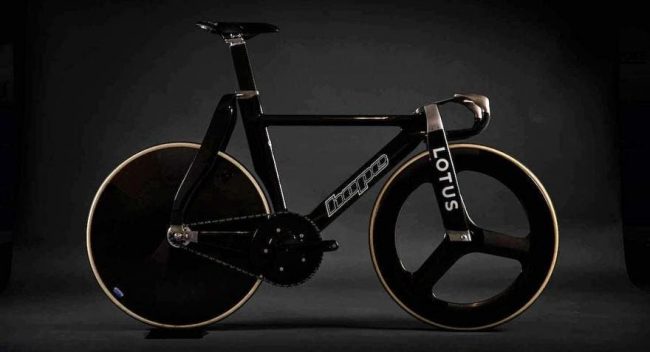
The new bike has very wide front forks, far wider than other track bike that would have been at the Olympics. What is the thinking behind this design?
The geometry of the forks and handlebars lower the drag of the rider, which in turn lowers the drag of the frame. In some ways it’s a similar concept to how riders position themselves in a team pursuit race – so one behind the other and very close – to benefit each other. Careful alignment of individual elements of the bike and the rider cause the drag of the two together to be lower than the sum of the individual parts. As far as track cycling goes, I believe it’s man and machine in perfect harmony.
Is aerodynamics different depending whether you’re working on a two-wheeled Lotus or a four-wheeled Lotus?
The main difference is that with a bike you have a far greater proportion of the ‘machine’ constantly moving and changing geometry. The rider is also moving so it’s creating an unsteady air flow regime, whereas with cars you only have the wheels rotating. Another difference is the interaction with the ground. A car has a big ‘plan view’ profile, so covers and interacts with a lot of stationary road, whereas a bike has a much smaller footprint and significantly less interaction with the road. But at the end of the day physics is physics and you can’t cheat the rules on two wheels or four!
Is there any relevance of the aerodynamic performance of the bike to the next generation of Lotus sports cars?
Yes there is. Old-school aerodynamic car design was all about pushing the air around your vehicle in the most efficient way. The latest Lotus designs are all about the interactions between various elements of the airflow around a vehicle and also through the vehicle where appropriate. The Lotus Evija hypercar, with Venturi tunnels through the rear quarters, is a great example of that. It’s all become a lot more nuanced. What we have learned with the bike is absolutely having an influence on some of the features we are currently developing and testing for our future vehicles.
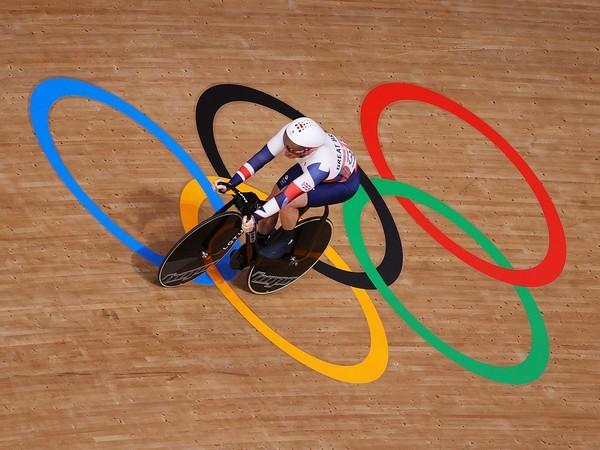
In the recent Tokyo Olympic 2020, Great Britain’s Jason Kenny with the Lotus Hope HB.T took control of his own destiny to win the men’s Keirin at the Tokyo Olympic Games, making it the third Olympics in a row he has taken gold in the discipline.
Hope Team GB Track Bike is now available now starting at £15,550 for a standard frameset which includes the seatpost, fork and stem. The Pursuit frameset will come with the handlebar, too, and will cost £17,100.
Exclusively in Moda Mall shopping complex, Bahhrain, Lotus has built a new showroom like no other. The newly unveiled Lotus Emira will be sold here and the future Lotus showrooms will also follow the Bahrain formula of looks and feels.


